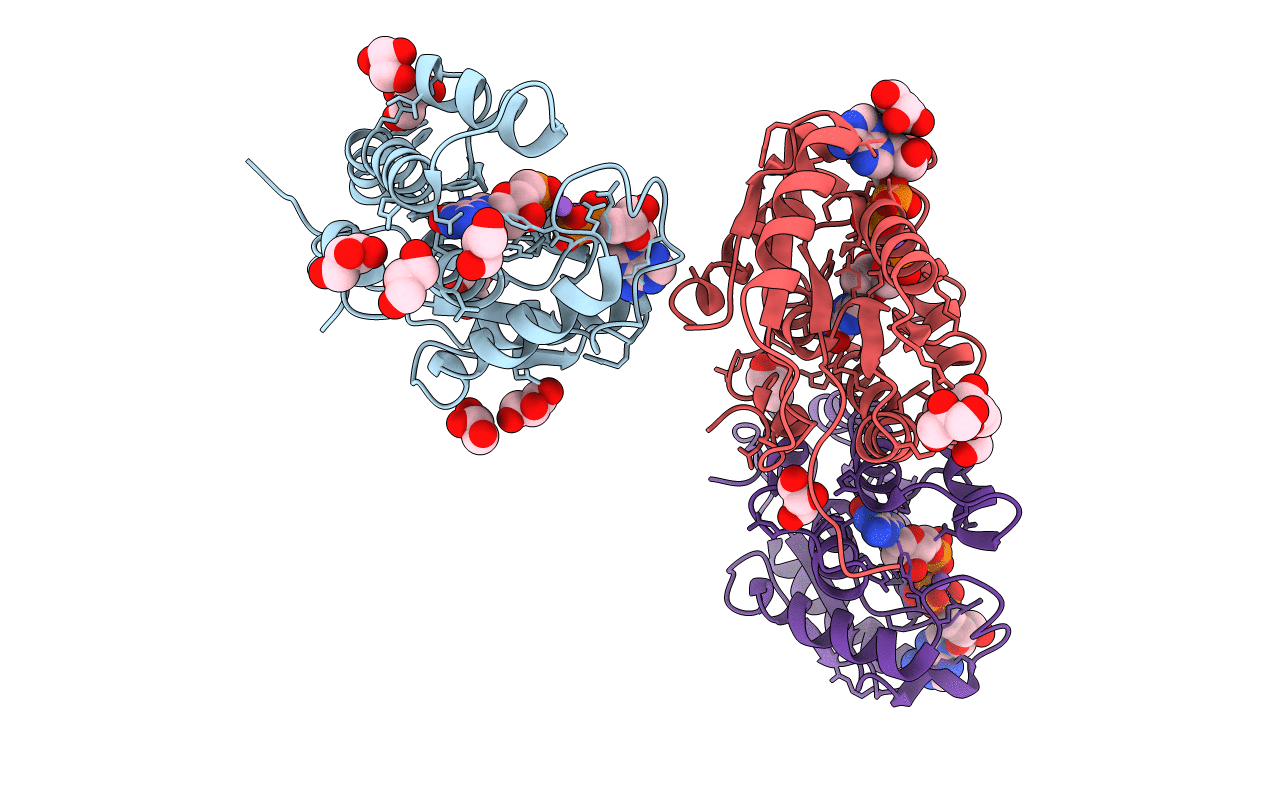
Deposition Date
2009-10-23
Release Date
2010-04-21
Last Version Date
2023-12-20
Entry Detail
PDB ID:
2WWG
Keywords:
Title:
Plasmodium falciparum thymidylate kinase in complex with dGMP and ADP
Biological Source:
Source Organism:
PLASMODIUM FALCIPARUM (Taxon ID: 36329)
Host Organism:
Method Details:
Experimental Method:
Resolution:
2.40 Å
R-Value Free:
0.25
R-Value Work:
0.19
R-Value Observed:
0.19
Space Group:
P 31 2 1


